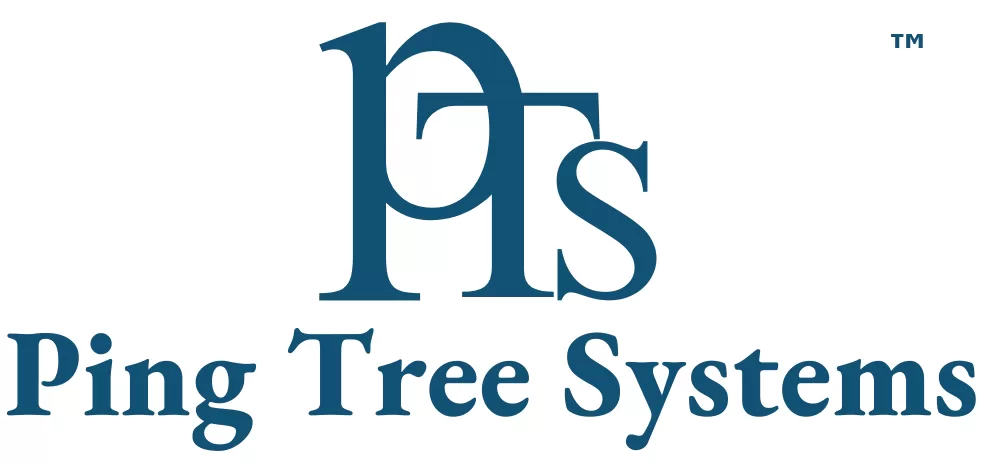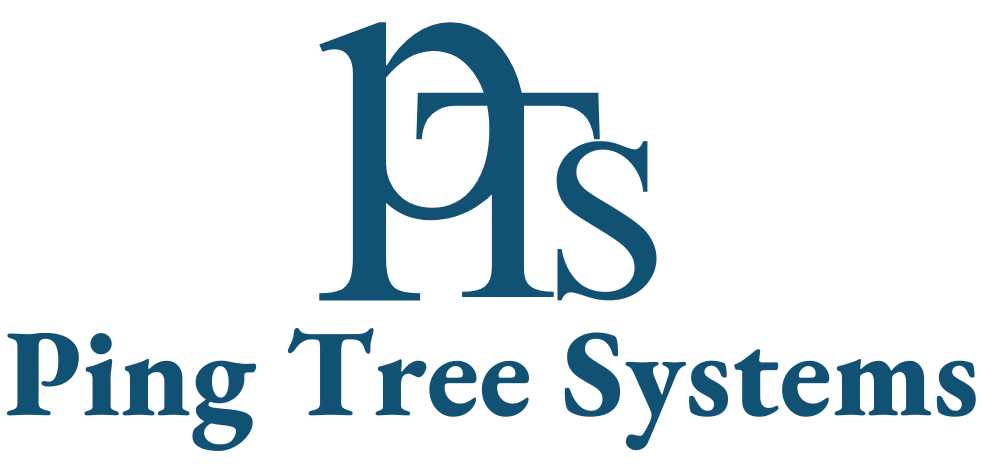In The First Place, What Is Ping Post And How Can It Work With Pingtree Systems?
To see how leads are sold through ping post, we first need to understand what ping post really is. From a 30,000 foot outline, ping post allows a client to send incomplete data, the ping, into their organization of purchasers, additionally called a ping tree. The ping is just data that is required for the purchaser to make an educated buy, which rejects individual data, for example, the lead’s name or telephone number. After the most elevated bidder is found with a coordinating channel set, the remainder of the lead’s data is directed to them so they can associate.
Since this is totally done continuously, computations should be made to decide the expense of a lead. The pingtee systems framework utilizes this equation to sort this out. Value should be resolved first; this is finished by sorting out the best income situation for the lead to be sold either solely or non-only. At the point when a solitary purchaser’s cost is higher than the amount of all non-selective purchasers, the lead is sold solely to that purchaser. Else, it is offered to all non-restrictive purchasers if the cost is more.
Edge is then determined by what amount is taken out for each source that the lead goes through. For instance, if a purchaser chose to get one of his purchasers to offer on the lead, they will take out a rate for what their purchaser pays, which raises the cost of the lead. This is the thing that assembles the equation, as demonstrated beneath, and how leads are evaluated and sold through ping post in the pingtree systems framework.
Static Versus Dynamic Estimating
Ping post isn’t only for organizations with just powerful purchasers. Lead venders can set up both fixed value lead purchasers and dynamic purchasers using ping post programming. As your framework gets offers from the powerful purchasers, your lead framework naturally looks at them to the fixed value purchasers to figure your best situation to choose which buyer(s) get the lead.
With dynamic estimating, a lead purchaser can return various offers to the lead vender’s ping, which permits the purchaser to have more prominent adaptability. With static (fixed) evaluating, a lead purchaser consents to pay a set sum for all leads with a given arrangement of least rules.
Live Exchanges
There are a couple of various strategies to utilizing live exchanges, yet one of them really utilizes ping post. It is somewhat convoluted, so hold on for us. To begin with, the leads are calls, so the “progressively” some portion of ping post unquestionably proves to be useful. A lead will either call into or be called by a call, where the delegate will gather the lead’s data. The ping is then conveyed to every one of the purchasers, and the most elevated bidder’s telephone number is directed to the call community. The delegate will at that point interface the lead and the purchaser. Albeit, this strategy for live exchanges requires broad framework customization, which our help group can do, you can totally sell calls with ping post.
So the thing would you say you are sitting tight for? In the event that you are hoping to begin with ping post and needing to check whether you can begin selling quicker, more secure and with greater flexibility, we here at pingtree systems are eager to assist. Solicitation a demo to see the pingtree systems framework in real life, or on the off chance that you are not prepared for that.

